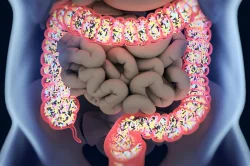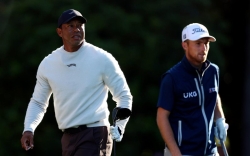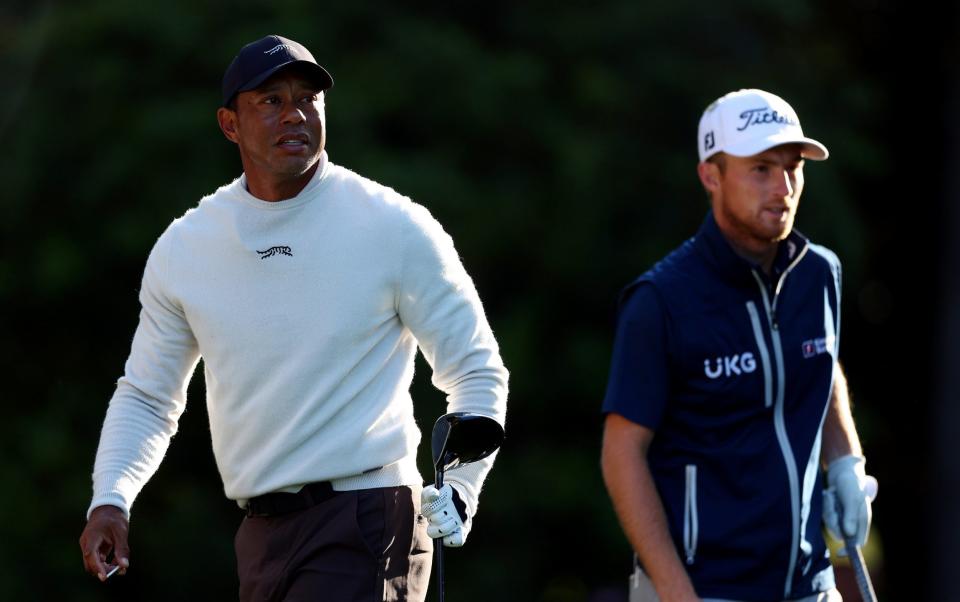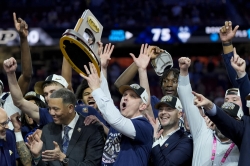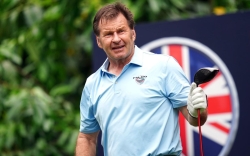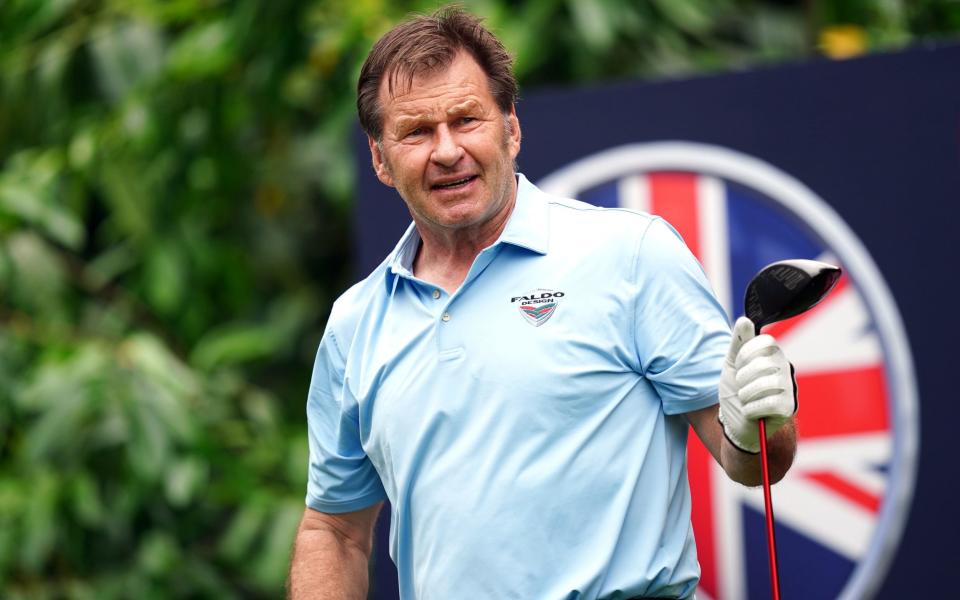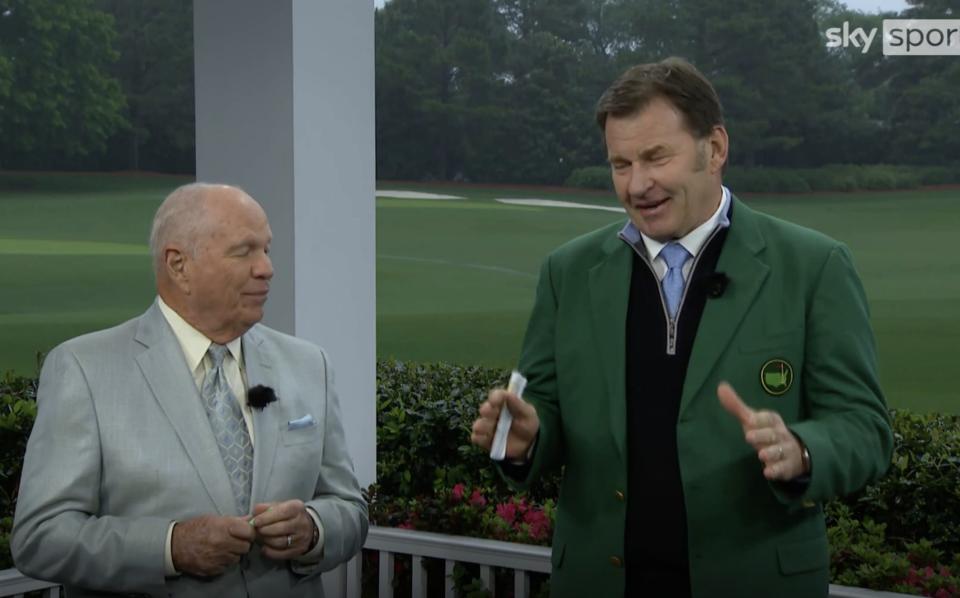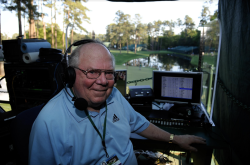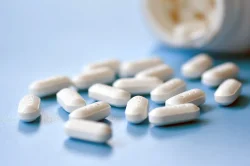In a striking announcement, Stratek Global secured a R9 billion investment for its innovative small modular reactor project in South Africa. Despite potential advancements in nuclear technology with their HTMR-100 reactor, the deal drew scepticism from energy analyst Chris Yelland. He provocatively labelled the massive investment a possible “pump-and-dump” scam, suggesting deceit intended to inflate stock prices. This accusation introduces significant controversy amidst what might be a pivotal development in sustainable energy.
Sign up for your early morning brew of the BizNews Insider to keep you up to speed with the content that matters. The newsletter will land in your inbox at 5:30am weekdays. Register here.
By Ivo Vegter
When Stratek Global announced a partnership to raise R9 billion in private investment Chris Yelland promptly suggested they were running a ‘pump-and-dump’ scam.
When BizNews aired a video interview announcing that a local nuclear reactor design company had signed an arrangement to raise R9 billion in funding with a private investor to help build a small modular reactor in South Africa, the response from one energy analyst was startlingly hostile.
The interview featured Dr. Kelvin Kemm, the chairman and CEO of Stratek Global, as well as Stephen Edkins and Warren La Fleur of Koya Capital, which bills itself as a ‘deep tech advisory firm based in Johannesburg’ that ‘champions the commercialisation of African innovations for global impact’.
Stratek has been casting about for funding for its HTMR-100 small modular reactor design – which produces 100MW of process heat or 35MW of electricity – for several years. It now seems to be on the brink of securing a healthy tranche to continue the commercialisation of the design and produce a first-of-a-kind, operational reactor.
This press release summarises the announcement. It also attracted coverage here, here, and here.
Yet not all reactions were positive.
Seething
‘I must say that it has crossed my mind that this is some kind of financial scam,’ seethed Chris Yelland, an energy analyst and MD at EE Publishing. ‘I mean, just provide R9bn of investment, and away we go. Ja, well, no fine. Breaking ground by the end of the year???? O lordy me, good grief. Is the financial and investment community and the public really so naive?’
He became positively conspiratorial: ‘Could this be another “pump-and-dump” scheme targeting micro- and small-cap stocks to naive investors to boost and then offload a stock’s or security’s price based on false, misleading, or greatly exaggerated statements?’
And later: ‘The nuclear industry is its own worst enemy if it fails to call out this bull manure for what it really is.’
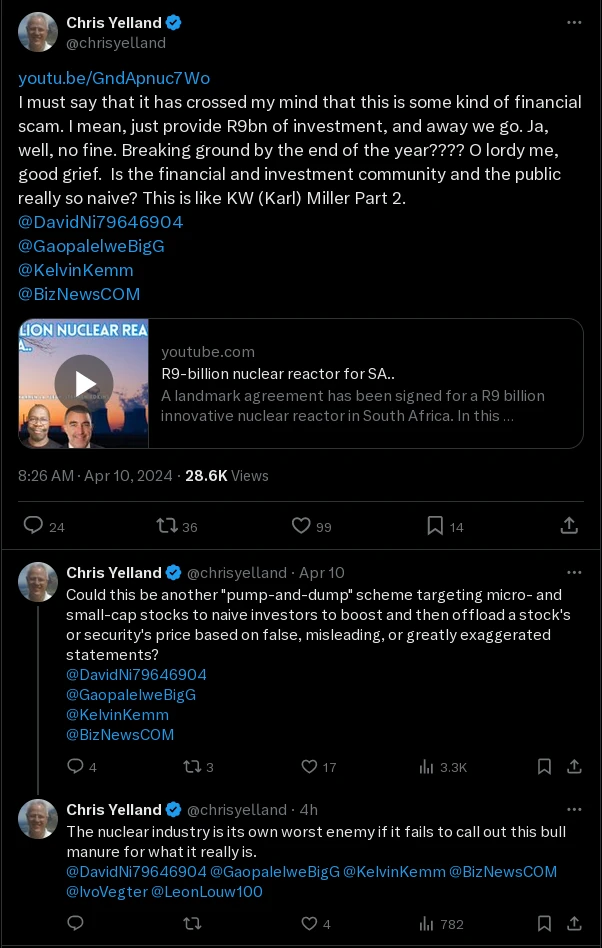
Shiny future
Let’s step back a little. Nuclear energy is contested on many grounds.
It shouldn’t be, of course. It represents the glorious, shiny future of yesteryear, with a clean environment and plentiful, cheap energy supporting universal prosperity and happy families, which we all imagined when we were young.
It represents what the late Robert McCall painted inThe Prologue and the Promise, his epic 6x18m mural (now missing, presumed destroyed) for the Horizons pavilion at Walt Disney’s EPCOT Center in Orlando, Florida in 1983.

I was 12. This was supposed to be my future.
It has been thwarted by a perverse combination of irrational public fears stoked by eco-lefties in Hollywood, opposition from environmentalists (while nuclear energy is the safest and most renewable clean energy and is key to meeting climate objectives), and extraordinarily expensive safety regulations (though nuclear is among the safest sources of energy on the planet).
Four decades later, there are only 436 nuclear reactors in operation in 32 countries – both base-load and load-following – producing less than 10% of the world’s electricity.
Meanwhile, energy prices are rising, not least because of idealistic and heavily subsidised attempts to build out large quantities of wind and solar power. Despite this, there are still large numbers of coal-fired power stations under construction.
Nuclear renaissance
Yet there are signs of a nuclear renaissance, thanks to a new generation of nuclear reactors that are inherently safe, smaller, less costly to build. The US, Russia, and China are fighting over who gets to build them.
China already has a small modular reactor in operation: a high-temperature gas-cooled pebble-bed reactor at its Shidao Bay Nuclear Power Plant. Russia has one on a ship.
The United States is throwing billions of dollars at nuclear power, in the hope of tripling its nuclear power generation to 300GW by 2050.
India hopes to produce 100GW of nuclear electricity by 2047, up from only 8GW today.
Numerous African countries are working towards building their first nuclear power stations, including Kenya, Egypt, Sudan, Morocco, Mali, Burkina Faso, Niger, Ghana, Uganda, and Nigeria.
South Africa’s draft Integrated Resource Plan 2023 contains a scenario in which 2 500MW of nuclear is built before 2035, another 1 925MW by 2040, and a further 10 075MW by 2050, for a total build over the next quarter century of 14 500MW.
South African dream
South Africa has a history with nuclear power, of course. It has long operated the only nuclear power plant on the African continent, and also conducted pioneering research into a pebble-bed modular reactor (PBMR) – research which was shelved by the government in 2009, when the poorly-educated and corrupt Jacob Zuma became president.
The private sector has kept the dream alive, however.
Stratek Global, a group of engineers under the leadership of Kemm, formerly the CEO of the Nuclear Energy Corporation of South Africa (NECSA), built on a simplified version of the PBMR to design a small modular reactor they call the HTMR-100.
Being a high-temperature gas-cooled pebble-bed reactor, it is very similar, in principle, to the design that is currently operational in China.
Pump and dump?
Yelland, when pressed, declined to offer any sort of evidence or reasoning for suggesting that the Stratek deal might be a scam. This, I would have thought, is really the minimum necessary for making public claims insinuating malfeasance.
I asked him how a ‘pump-and-dump’ would even work if nobody was selling shares to the public, but he declined to answer.
He merely said: ‘I make no excuses for my skepticism and cynicism in respect of all the ridiculous hype and hogwash that I have read, heard and seen in press releases, phony interviews and conspiracy websites over the last 25 years on the subject of (paper) designs of 4th, 5th and 6th generation pebble bed small modular nuclear reactors. 😂😂😂Wake up, Ivo!’
It seems, therefore, that he is skeptical of all claims about all new-generation nuclear reactors.
About turn
This is, perhaps, not surprising. After being generally in favour of nuclear energy, Yelland abruptly changed his mind in 2016, based on an analysis of levelised cost of electricity, which he considered to be too high to justify a nuclear build programme.
In an interview in 2017, he admitted that he used to be pro-nuclear, that he felt that the cost of renewables had fallen so sharply that nuclear, which until a mere two or three years earlier had been the least-cost zero-carbon technology for South Africa, was now more expensive than ‘a blend of wind, solar PV, gas and pumped storage’.
Skepticism
Yelland is, of course, entitled to be skeptical of Stratek’s claims. He is entitled to be skeptical of nuclear power, for that matter.
I don’t know if Stratek’s design is ready for commercialisation and has resolved the technical difficulties that still plagued the PBMR when it was mothballed in 2009.
I don’t know if R9 billion is too little, enough, or too much.
I don’t know if Stratek’s design is cost-competitive for a first-of-a-kind reactor, or if future iterations can become competitive with renewables for the kinds of decentralised, small-scale generation applications to which small modular reactors are best suited.
I know Stratek doesn’t have a build permit, and probably lacks several other bits of regulatory paperwork that it will need to actually start building their reactor. I don’t know if it is in a position to get them.
Koya Capital, however, has just spent nine months doing due diligence on the deal. I anticipate that they would know a lot more about these questions than I or Yelland do. It is, after all, their money on the table. It is their skin in the game.
Skepticism is one thing but suggesting that investors are being taken for a ride by a bunch of scam artists really requires more evidence than Yelland is willing to provide. He made no factual claims, merely resorting to vitriolic mudslinging.
Perhaps having committed so whole-heartedly to a wind-and-solar utopia, he finds it hard to watch the dream collide with reality and face the threat of competition.
Private risk capital
It isn’t as if Stratek is begging the public for money or is asking the government for money. This is private risk capital at stake.
That alone is cause for celebration. For governments to risk huge amounts of capital on risky projects that may or may not succeed is a burden on the taxpayer.
If private investors are willing to come to the party and invest substantial amounts into bringing new-generation nuclear designs to market, however, then the nuclear industry really does appear to be due for a renaissance.
Competitive innovation by private-sector risktakers is the answer to solving our energy problems. The more competition there is in that market, the better for the consumer.
Some of the designs will probably fail. Some of the companies may go under. That is the nature of private-sector innovation. But out of that competitive struggle will rise those innovators who do succeed and can offer the best possible solutions at the best possible price.
That market-based process is a far more reliable road to success than government planning, technocratic prognostication by experts, or the self-confessed cynicism of analysts like Yelland.
If nuclear energy is finally starting to attract private investment, perhaps today’s younger generations may yet get to live in the future that we were promised in more optimistic times.
Read also:
- FFM podcast ep22: Navigating bond yields and energy markets; Resilient Rand; Spar; R5k still to play for
- 🔒Nuclear Fusion breakthrough sparks optimism and investments for clean energy future
- South African farmers embrace nuclear solution amid blackout crisis – Francois Rossouw (SAAI)
This article was first published by Daily Friend and is republished with permission
Visited 771 times, 771 visit(s) today



